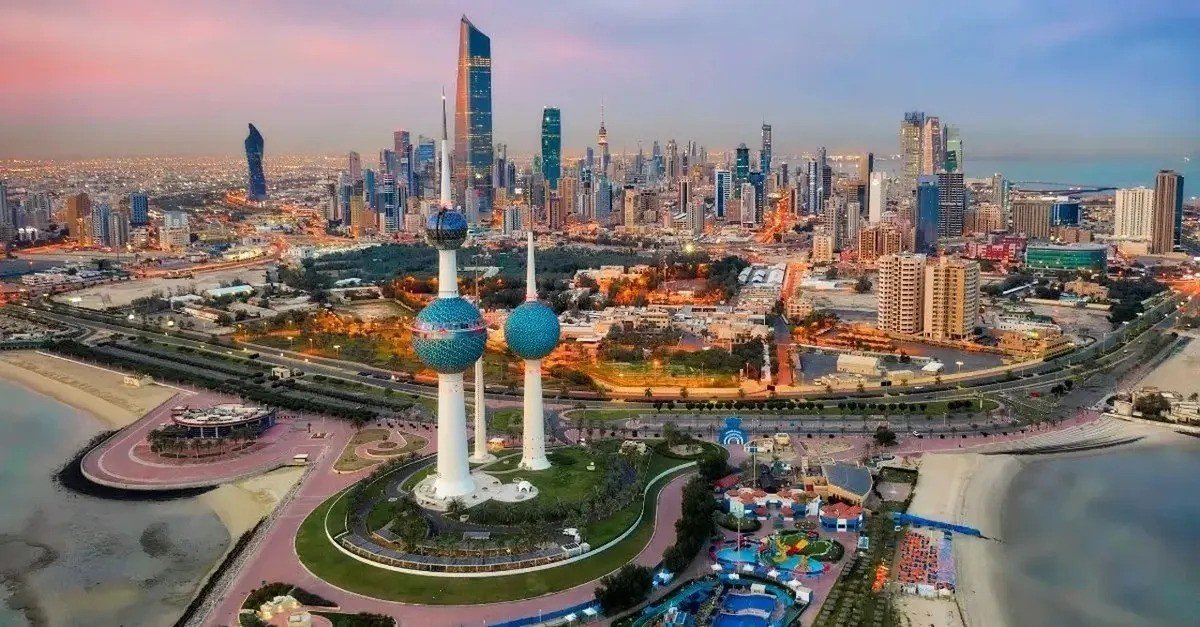
Introduction
Global tourism is at a pivotal moment: traveler motivations, destination strategies, and industry technology are evolving faster than many expect. This article synthesizes observed trends, practical responses, and responsible approaches that travel professionals, destination managers, and curious travelers should know. Written with an emphasis on experience, expertise, authority, and trustworthiness, the piece highlights measurable shifts from demand for authentic, low-impact experiences to the accelerating role of digital tools and safety protocols. It avoids speculation and focuses on actionable insights that reflect consensus across industry reporting and practitioner experience. Whether you’re a tourism marketer, public-sector planner, travel entrepreneur, or an informed traveler, the ideas here are designed to be usable: clear takeaways, sensible next steps, and considerations for long-term value creation. The aim is not to predict every twist but to provide a robust framework for decision-making so that tourism grows in ways that benefit communities, protect ecosystems, and deliver meaningful experiences.
Shifting traveler preferences and the experience economy
Travelers today prioritize meaningful, personalized experiences over checklist tourism. Rather than simply ticking off landmarks, many are seeking deeper cultural connection, small-group or solo-immersive itineraries, and activities that support local livelihoods. These preferences influence booking windows, length of stay, and spending patterns: travelers may book further ahead for high-quality, curated experiences and spend selectively on local guides, artisanal food, or small-batch cultural activities. The result is an opportunity for destinations to differentiate by authenticity, storytelling, and community partnerships rather than competing only on price or volume. It also raises responsibilities: effective community engagement, transparent benefit-sharing with local stakeholders, and training for service providers so that authenticity isn’t exploited or commodified. For travel businesses, product design should emphasize flexibility, local partnerships, and clear communication about what makes a given experience unique and sustainable. Doing so builds trust and repeat visitation, and it aligns business success with community and cultural preservation.
Sustainable and regenerative travel: beyond buzzwords
Sustainability in tourism has matured from marketing slogans into operational requirements. The strongest-performing approaches today move beyond mere “do less harm” and instead aim for regeneration restoring ecosystems, supporting biodiversity, and ensuring tourism revenue tangibly benefits host communities. Regenerative models emphasize local procurement, circular waste practices, habitat restoration projects funded by visitor fees, and capacity-building programs that place local people in leadership roles. Measurement matters: destinations and operators that set clear KPIs on emissions, water usage, employment, and community income win credibility. Certifications and transparent reporting bolster authority, but real trust comes from local testimony and visible outcomes. For operators, embedding regenerative actions into pricing and experiences (e.g., community-led conservation activities, visitor-funded restoration days) builds value for conscientious travelers. Ultimately, sustainability is a long-term investment: it protects the resource that tourism depends on and strengthens destination resilience against environmental and market shocks.
Digital transformation and the rise of smart tourism
Technology is reshaping the traveler journey from inspiration to post-trip advocacy. Data-driven personalization, AI-informed recommendations, mobile-first booking and contactless services, and augmented-reality interpretation at sites all change expectations. For destinations, “smart tourism” means using real-time data to manage flows, reduce overcrowding, and enhance visitor safety while safeguarding privacy and avoiding intrusive surveillance. Digital tools also democratize distribution: small operators can reach niche markets through targeted platforms, while destination management organizations can use analytics to spot seasonality gaps and craft packages that extend shoulder seasons. Yet technology is not a panacea: success requires digital literacy, investment in cybersecurity, and inclusive access to ensure local businesses aren’t left behind. When done thoughtfully, digital transformation amplifies storytelling, operational efficiency, and visitor satisfaction and it creates opportunities for measurable, user-centered improvements at scale.
Safety, governance, and building destination resilience
Resilience now sits at the core of good tourism governance. From public health readiness and climate adaptation to crisis communications and infrastructure redundancy, destinations must plan for multiple, overlapping risks. Strong policy frameworks clear health protocols, emergency evacuation plans, visitor flow controls, and contingency funds help protect both residents and travelers. Governance that coordinates public authorities, private operators, and civil society yields better outcomes than siloed responses. Equally important is equitable planning: ensuring that local communities have a voice in tourism policy prevents displacement and fosters long-term stewardship. Resilience also includes financial strategies—diversifying visitor markets, nurturing domestic and regional demand, and supporting small businesses with access to credit and training. Transparent, evidence-based policies increase trust and make recovery faster and fairer when shocks do occur.
Conclusion
The modern tourism landscape rewards those who combine innovation with responsibility. By centering meaningful experiences, committing to regenerative practices, leveraging technology ethically, and building resilient governance, destinations and businesses can create sustainable value for visitors and hosts alike. Success is not short-term popularity but the ability to preserve and enhance the resources natural, cultural, social that tourism depends on. Practitioners who lead with transparency, measurable outcomes, and genuine community partnership will not only meet traveler expectations but will help ensure tourism continues to be a force for positive development.
FAQs
Q: Who is this article for?
A: This overview targets tourism professionals, destination managers, travel entrepreneurs, and informed travelers who want practical, trustworthy guidance on current industry priorities.
Q: How can smaller destinations apply these ideas?
A: Start small: set one measurable sustainability goal, partner with local craft and guide groups, and use low-cost digital tools for marketing and visitor management to build credibility and capacity.
Q: Are there quick wins for tourism businesses?
A: Yes improving online information clarity, offering locally led experiences, tracking one environmental KPI, and enhancing traveler communications are lower-cost actions with high impact.
Leave a Reply